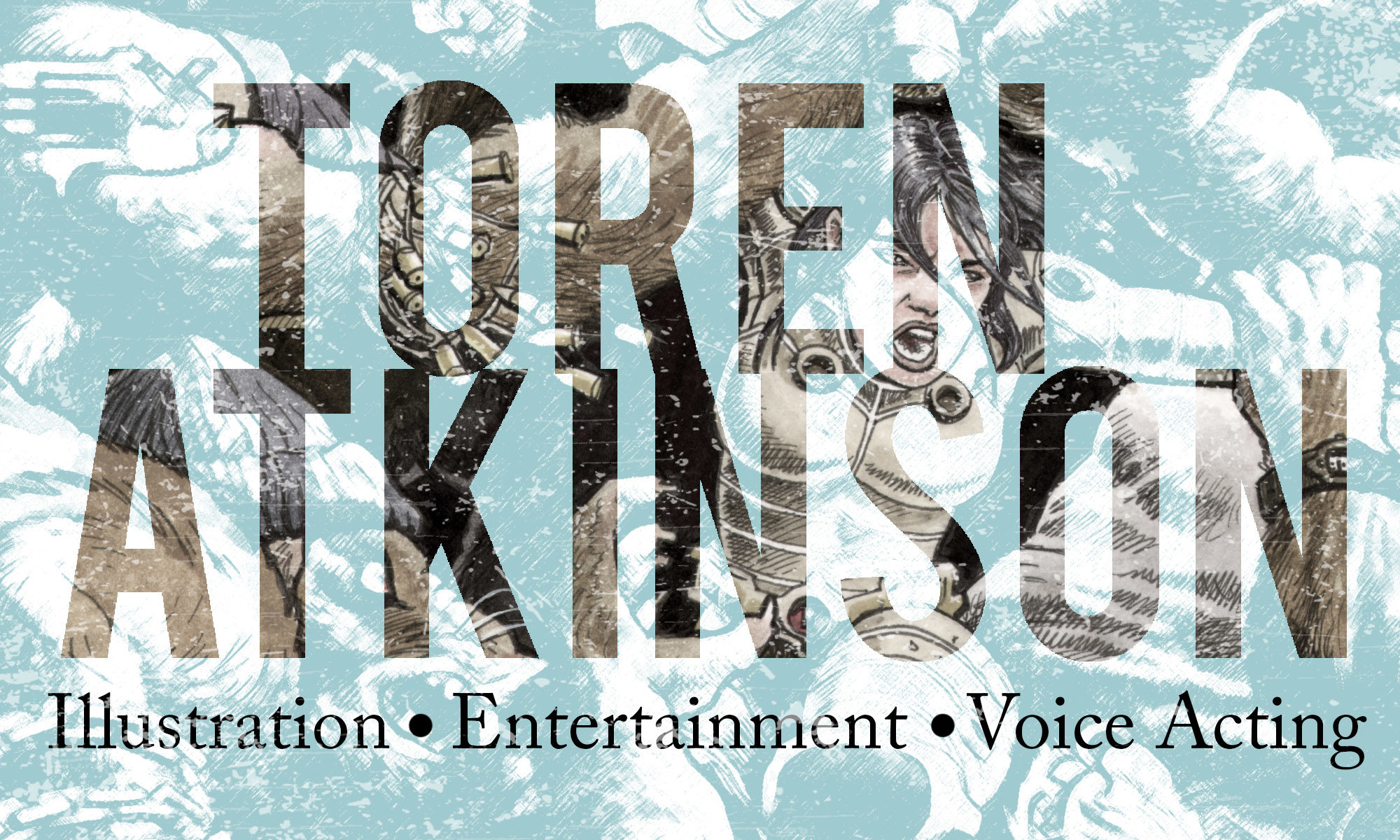- Communicate often with your players. Do this both as a group and one-on-one. Converse with them, not to them. Tell them what your expectations are of your players and ask what they expect out of their DM. If you see conflicts, address them. Understand that what works for some of your players may not work for others, and you may have to make some hard choices to play the game you want to play. But above all – communicate.
TOREN’S TIP: You are the game referee, but you are not your player’s conflict mediator outside of the game. Set healthy boundaries. Seth Skorkowsky has an excellent video on his channel about this.

2. People these days talk a lot about ‘Session Zero’ – this is basically a subset of point 1. It could be in person or it could be virtual, or even just an email. It’s a communication of what the tone, gaming style, rules restrictions, setting, and everything else about your game will be, including what you will allow and what you won’t allow. This happens before the first adventuring session and it’s a great time to find out what your players are comfortable with (remembering that many of your friends have deep traumas that you might now know about including sexual assault, death of close relatives at young age, etc.).
Is alcohol allowed at the table? How about cell phones? Will characters level up via XP or milestones? What’s the balance between crunchy combat and roleplay-heavy social encounters?
TOREN’S TIP: Ask each character to have a connection or bond to any 1 or 2 other player characters (the fighter and I escaped the slave mines together; I follow the cleric’s god and look to her for advice; the druid is my adopted sister!)
There are lots of articles and youtube videos about what you should cover in a session zero. Here is a good one:
https://slyflourish.com/running_session_zeros.html
3. Watch your Group Size.
It’s legendarily difficult to find a good, stable gaming group (congrats if you have one) and there are different philosophies as to the perfect size. You can absolutely have a game with 1 player and 1 DM. Typically the magic number is 4 players and 1 DM. With smaller groups, you risk having to cancel the entire session if 1 or 2 players has to cancel, whereas if you have a larger group of 5 or more, the danger becomes when everyone shows up and you get very little done in the session because there is more time used up between players’ turns. It really depends the reliability of your players so all I can say is good luck!
4a. Set reasonable standards for yourself. Everyone wants to be the greatest DM/GM in the world, and many feel like podcasters and youtuber like Matt Mercer are the gold standard to aspire to. Keep in mind these are professional actors and what you are watching are performances for a medium, rather than a casual gaming group of friends. Look to them for inspiration and ideas, but remember you will never be Matt Mercer, and you shouldn’t. Just be a good you.
4b. Don’t burn yourself out! I find preparing for my RPG sessions very therapeutic, but manage your expectations. The players will inevitably thwart or avoid many of your lovingly crafted encounters, so just try to roll with it (pun). Also, find a balance for how often you play. Most people try to have a weekly game, but if that seems to be too much for you, adjust the schedule. See if anyone in your group is interested in running a separate game (even a different system) and you can alternate weeks as a GM and a player. Also, consider the idea of a co-DM, if you have a friend that you have a good relationship to work with, having two DMs can ‘share the load’ as Samwise Gamgee once said.
5. Is Everyone Having Fun? If they are, then you are doing it right! This might be the most important tip, perhaps tied with #1. And if you are not having fun. Ask yourself why and what you might want to change.
MORE RESOURCES:
https://theangrygm.com/tag/gming-basically/











































































































You must be logged in to post a comment.